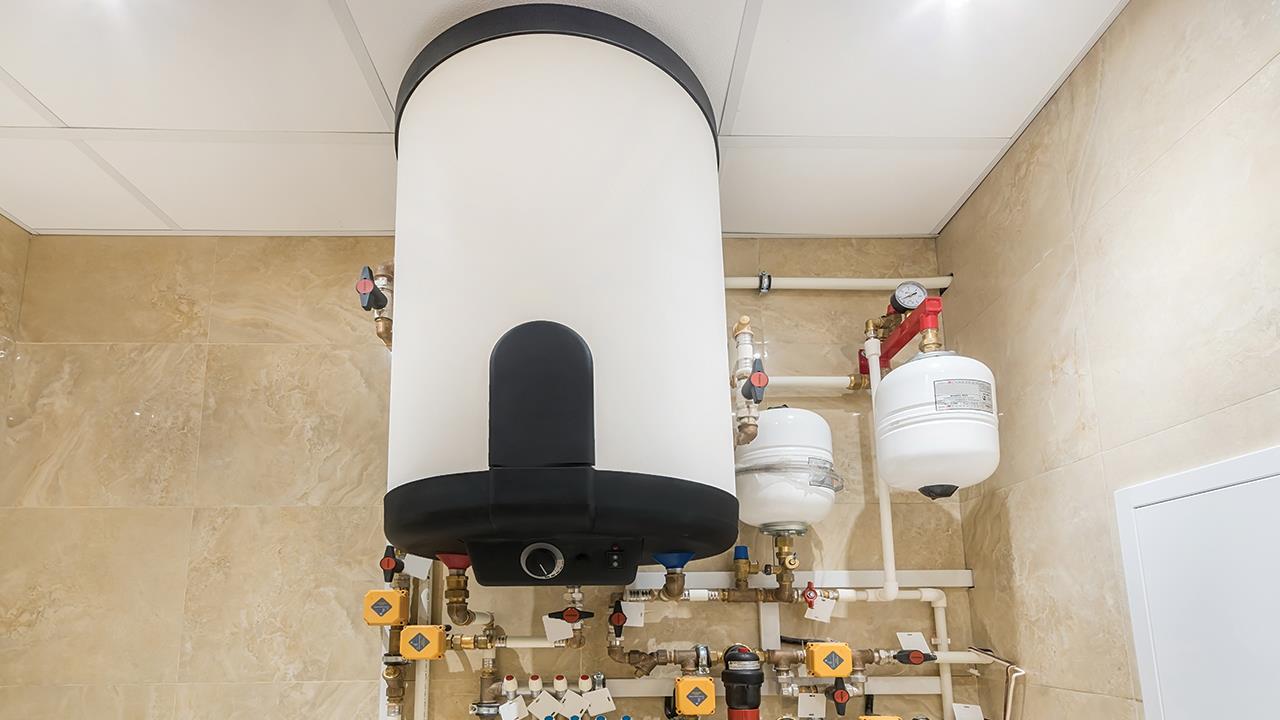

Net-zero has become a term that we are all familiar with. It has its own hashtag (or two), almost every report, study, conference, meeting, magazine, newspaper, and blog cites the phrase on a regular basis (the HWA included). It has become the focus of both government and industry. Homeowners are becoming more and more familiar with the term too.
The UK’s domestic heating and hot water provisions have been debated at length under the umbrella of net-zero, and those discussions show no signs of abating; nor should they. Transitioning the UK’s housing stock to low carbon heating and hot water is probably one of the biggest challenges of the quest for the holy grail that is net-zero carbon emissions.
The Department for Business, Energy and Industrial Strategy’s (BEIS) job is to listen to industry, experts, and consumers, before coming up with strategies to accomplish low or zero carbon heating and hot water.
The recent BEIS report Transitioning to a net zero energy system – Smart Systems and Flexibility Plan 2021 states: “the government is committed to leading the way in the transformation of our energy system. A smarter, more flexible system will utilise technologies such as energy storage and flexible demand to integrate high volumes of low carbon power, heat and transport and reach a carbon neutral future.”
The HWA has been championing energy storage and the role it can play in the systems of the future. Specifically, the home battery concept, where the domestic cylinder provides homeowners with all the hot water they need, and also acts as a thermal home battery, storing excess energy (from the grid or renewable sources) in the form of hot water.
This concept is a win-win as it provides the household with the hot water they need and supports the grid during times of lower demand and higher input.
BEIS further states that “the transition to a smarter and more flexible energy system is an opportunity. It will be delivered by UK businesses and will benefit consumers across the country.
“It will reduce the costs of our system by up to £10bn a year by 2050, by reducing the amount of generation and network we need to build to meet peak demand. It will create jobs, perhaps 24,000 by 2050, and drive investment across the UK.”
With over nine million domestic hot water storage cylinders currently installed, we potentially have 70GWh of untapped energy storage (around seven times the capacity of the UK’s largest pumped-storage hydroelectric facility, Dinorwig in Wales. Growth of renewable heat sources such as heat pumps is likely to result in an increase of this potential.
The HWA believes that bringing the industry together to ‘get things done’ is a key part of its role. Industry is moving forward together, although the debate about the future is far from over.
However, plans for low carbon heating and hot water must reflect how people actually live in their homes. Hot water storage solutions allow someone to take a hot shower while someone else runs a tap; a perfect solution for busy households, and a consideration not to be underestimated.
If you'd like to keep up-to-date with the latest developments in the heating and plumbing industry, why not subscribe to our weekly newsletters? Just click the button below and you can ensure all the latest industry news and new product information lands in your inbox every week.